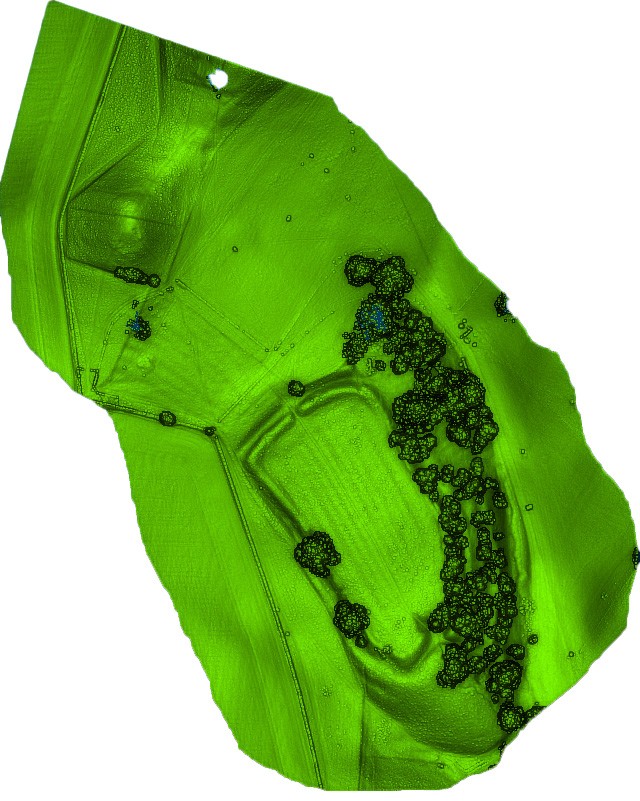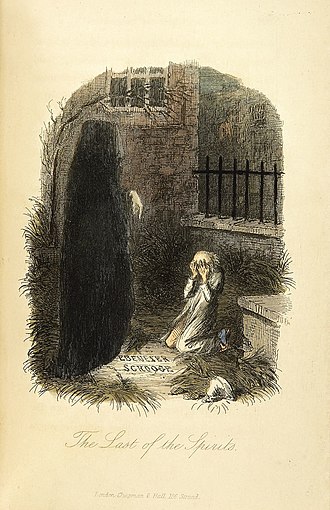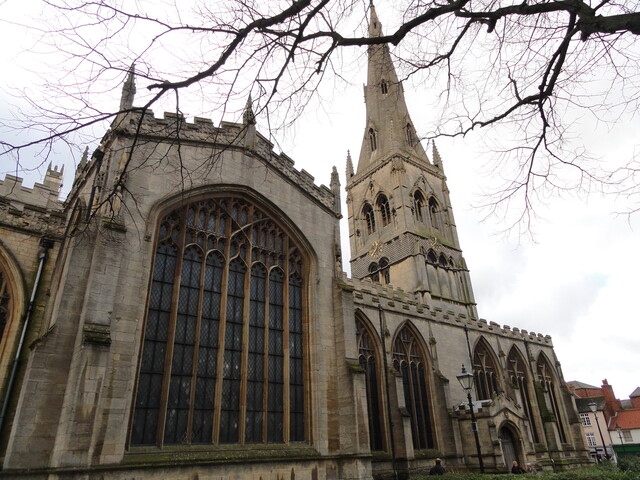A Year in NCC Heritage
- Posted in:
- HER
We are delighted to reflect on another successful year in the Nottinghamshire HER! We've spent the year dedicated to improving our current heritage records, liaising with the public, volunteers and private clients, creating fascinating blog content, creating new heritage records and much much more!
This year the team has added over 170 new sources and reports onto the HER this year, which has added over 180 new event records and over 320 new monument records.
Check out some of our new monument records:
- World War II Tower in Wigsley
- Former Georgian Manor at the Manor Farm Recreation Ground in Toton
- Bronze Age ring ditches which held Bronze Age cremation and urned cremation burials in Sutton-in-Ashfield
- Victorian built Tuxford Primary School in Tuxford
- Former Edwardian Mineral Railway in Mansfield
- Roman to Post-Medieval activity, including a Saxon-Early Medieval cemetery, near Southwell Minster in Southwell
On top of this, over 1,100 previous monument records have been improved and over 220 event records have also been improved.
Check out some of the updated records here:
- Forge Mill in Hucknall
- Church of St Helen in West Burton
- Medieval Fishponds at Attenborough
- Brookside House in Lamley
- Forest Town Workers Village in Mansfield Woodhouse
- Burials from the Battle of East Stoke in East Stoke
Early in 2025, we received an amazing result from our routine audit which analyses how effectively our team is maintaining and improving the our HER. Across all four areas, we consistently received top marks, with very minimal suggestions for improvement. It signifies that the Nottinghamshire HER is currently amongst the highest rated in the country! This is a great achievement for us and one we are all very proud of. If you would like to read more about our results, click here.
This year the HER team has also embarked on Project K, a project hosted by Forestry England to help improve the quality of our current SHINE records. SHINE (Selected Heritage Inventory for Natural England) records are a national dataset of heritage assets, managed by local HERs, which have influence on agricultural and environmental schemes and funding. These records also help to protect the heritage assets against the damage that could potentially occur as a result of agricultural practices.
The HER team also worked alongside a small number of volunteers from Nottingham Trent University to record some significant sites in Nottinghamshire, including Laxton Castle and Old Ox, using LiDAR and photogrammetry. The results are currently in the process of being accessioned onto the HER, but you can view raw results through the 3D model of Laxton castle here and the image of Old Ox below.

Above: Iron Age multivallate hillfort at Old Ox, Oxton, taken by NTU volunteers.
The wider heritage team at NCC has been very busy as well! The Archaeological Planning team have been occupied with a large quantity of development applications and subsequent site visits. There has been a lot of amazing archaeology uncovered in Nottinghamshire this year which we are excited to soon accession onto the HER. Watch this space!
The team have amazingly still had time to conduct a few public talks along the way as well. Our planning archaeologist Emily has presented talks focusing on the archaeological works at Rufford Abbey and another on the recent archaeological discoveries in Nottinghamshire. Did you manage to catch one?
Our Historic Buildings team have also had a jam-packed year!
Following the publishing of her two books last year, 'Country House Stables of Nottinghamshire' and 'Colliery Stables and the Nottinghamshire Pit Pony' (in association with the project Major2Miner), our historic environment officer Janine has continued presenting her talk on ‘Colliery Stables and the Nottinghamshire Pit Pony’ across the county.
The Historic Buildings team has also had a lot of interaction with volunteers, work experience students, and interns, all of which did a great job! Some of these wonderful volunteers have joined in on one of the many training schemes run by our Senior Practitioner for Historic Buildings, Jason, around Nottinghamshire.
Here are some of the training schemes the Historic Buildings team has helped conduct:
- Gedling Station received National Lottery Heritage Funding for their restoration project phase 1. The team helped to deliver some of the ‘hands-on-training’ as part of this. The funding will go towards a new Welsh slate roof, Notts ogee cast iron gutters, and timber sash window restoration.
- Tuxford Walks of Life Museum are undertaking the restoration of 33 Lincoln Road (a timber frame and later brick farmhouse), where the Historic Buildings team are helping to host task and training days. Hemp lime render and plaster ‘retrofit’ has been a focus for this year, along with some Bassetlaw DC funded Yorkshire sash window restoration which was also carried out. A traditional craft skills boot-camp is planned to help restore the rear elevation in the new year.
- The team also helped to undertake this season’s work with Kirkby and District Archaeology Group at Kirkby Hardwick Medieval manor site which focused on higher level masonry repairs and repointing, and some further ivy removal and capping of the east gate range (which was the focus in 2024).
- At Saint Mary & All Saints Church in Bingham, the team was involved in running ‘task and training’ events focussed on historic C18th brick wall repairs. They worked with the Town Council to repair and reinstated the saddle-back copings along the western wall and repairing the footpath wall around the London Plain Tree root damage.
- At Saint Giles Church in Balderton, working with the parish council, the team oversaw groups of church volunteers and work experience students to clear ivy and prepare a section of collapsed wall for repairs.
- Working with IHBC East Midlands, the team delivered two lime training events for homeowners as part of the Mansfield Townscape Heritage Initiative at the St Peter’s Centre and a CPD ‘hot lime’ event for estate managers and architects at Leicester City.
- At Bramcote's Old Church Tower our council ecologist, nature conservation intern, and historic building conservation officers worked with the charity’s volunteers to successfully renew the bird mesh on the bell tower louvres, being extremely careful not to disturb the Brow long-eared bats!
We’re all proud of the work the NCC heritage team has undertaken this year to protect and restore our local heritage, and to improve the knowledge and understanding of our local environment. We will continue to do the same in 2026 and can't wait to see what we will get up to in the new year!
If you have any questions for us or would like to get involved, we’d love to hear from you! Email us at heritage@nottscc.gov.uk.




